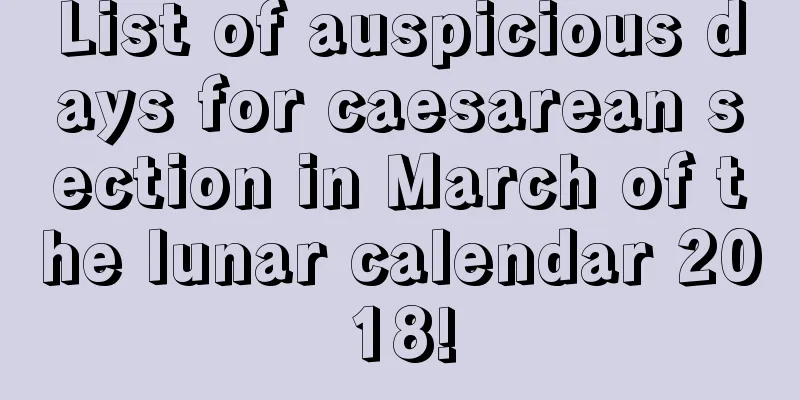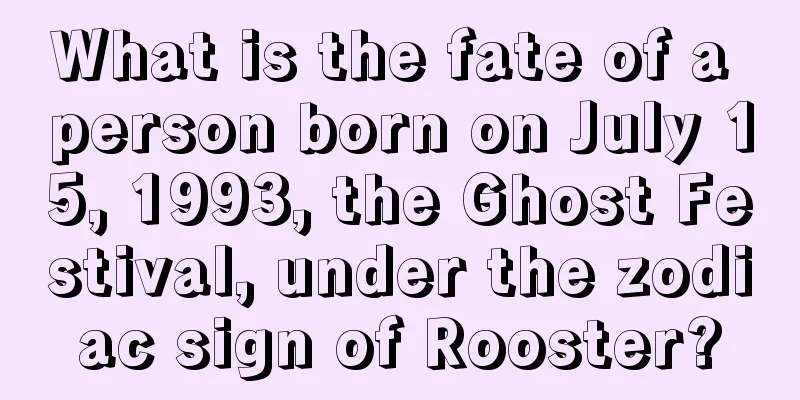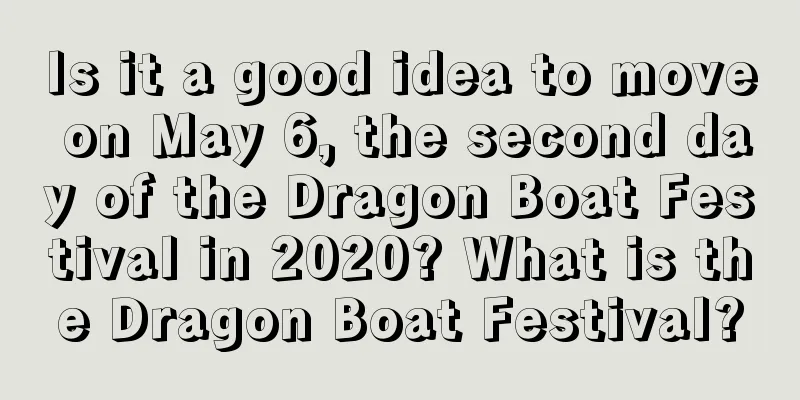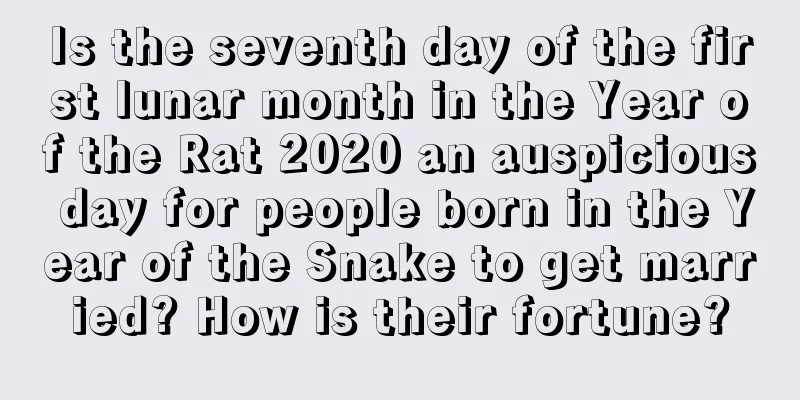|
Introduction: Feng Shui compass, also known as compass, Luojing, Luogeng, compass disk, etc., is composed of Tianchi (compass), ten paths of Tianxin and inner disk. The whole disk can rotate back and forth. It is a measuring tool used by Feng Shui masters to establish the pole and direction when calculating Feng Shui. So what are the applications of Feng Shui compass? Let’s follow the editor to learn more about it below! If you want to know more about the Feng Shui knowledge of the compass, Mr. Shui Mo has compiled more related articles for you. Compass is an important tool for Feng Shui operations, and its basic function is orientation. When we learn about Feng Shui, we must first learn the basic method of using a compass to determine direction.
The scientific name of the compass is Luojing, which was created in the era of Emperor Huangdi. Later, successive sages modified and improved it according to the principles of the Book of Changes and Heluo, and took into account the movement of the sun, moon, five planets, seven political stars and celestial phenomena, as well as the undulating shapes of mountains, rivers, plains and waves on the earth. It was used to determine the direction and survey the terrain. Most geomancers and sailors call it "Luopan" or "Luogeng", and rarely call it "Luojing". 1. Types and Usage of Compasses When it comes to how to use a compass, if we were to discuss it in detail, I believe it would take up a lot of space. Because it includes so many things, this article will only talk about simple usage methods.
There are many types of compasses. The commonly used ones are Sanyuan compass, Sanhe compass, Sanyuan Sanhe dual-purpose compass, Yi compass, Xuankong compass and the unique compasses used by various schools. But no matter which school of compass it is, there must be a layer in the middle which is the twenty-four mountain directions, arranged in order from the north, namely Ren Zi Gui, Chou Gen Yin, Jia Mao Yi, Chen Xun Si, Bing Wu Ding, Wei Kun Shen, Geng You Xin, Xu Gan Hai and so on. There are twenty-four directions in total. If you have a compass, you can find the degrees of the compass rose relative to the needle as follows:
The angle of the twenty-four mountains in the direction of the hexagram is 337.5-352.5
North Kanzi 352.5-7.5
7.5-22.5
Ugly 22.5-37.5
Northeastern China 37.5-52.5
Yin 52.5-67.5
A 67.5-82.5
East Zhenmao 82.5-97.5
B 97.5-112.5
112.5-127.5
Southeast Xunxun 127.5-142.5
142.5-157.5
C157.5-172.5
Due south, 172.5-187.5 noon
Ding 187.5-202.5
202.5-217.5
Southwest Kunkun 217.5-232.5
Deuteronomy 232.5-247.5
Geng 247.5-262.5
Due west Duiyou 262.5-277.5
Xin 277.5-292.5
Xu292.5-307.5
Northwest trunk 307.5-322.5
322.5-337.5
Now that we know the directions of the twenty-four mountains, we need to look at the shape of the compass.
From the shape of the compass, you can see that there is a circular Tianchi in the center of the compass (that is, the compass used for orientation). The outside is a movable turntable with a copper surface and black background with gold characters, called the inner plate or round plate. The plate is filled with words in circles, and usually one circle is called a layer. One of the layers is the twenty-four directions, and the outermost is a square plate, called the outer plate or square plate. The plate body is made of rosewood, which is the most durable, but it is heavier than ordinary wooden plates.
There are four small holes on the outer plate, and two fishing lines or rubber threads are passed through the small holes in the middle of the four sides in a cross shape. It is used to determine the orientation.
The compass is mainly used with the Zhongyang magnetic needle. The inner disk outside the Tianchi is made of steel. The background color of the Tianchi is generally white. There is a red straight line on the bottom. There are two red dots on one end on the left and right of the red line. The red line is positioned from north to south. The side with red dots is the Zi direction (due north), and the other end is the Wu direction (due south). There is a very sensitive magnetic needle on it, and there is a small hole at one end of the magnetic needle.
When using a compass, hold the outer disk with both hands on the left and right sides, separate your feet slightly, and place the compass between your chest and abdomen. Keep the compass level, not higher on the left and lower on the right, or higher in the front and lower in the back. Then, with your back as the sitting position and the front as the direction, start to set the direction.
At this time, the cross fish line on the compass should coincide with the four cardinal positions of directly in front, directly behind, directly left and directly right of the house. If the direction of the cross line is inaccurate, then the measured orientation will be deviant.
After fixing the position of the cross fish thread, use the thumbs of both hands to move the inner disk. When the inner disk rotates, the Tianchi will rotate accordingly. Keep rotating the inner disk until the magnetic needle stops and overlaps with the red line in Tianchi.
One thing is very important, that is, the end of the magnetic needle with the small hole must coincide with the two small red dots on the red line, and their positions cannot be interchanged. At this time, the fishing line (the horizontal one) of the sitting direction intersects with each layer of the inner plate. The various data and information we are looking for are displayed in the area that this fishing line passes through and covers.
However, there are more than ten or twenty layers on the compass, which layer is the correct orientation? It is the layer of twenty-four mountains. It is near Tianchi Lake. We use the "mountain" on the fishing line's upward direction to indicate direction, and the "mountain" on the fishing line's sitting direction to indicate sitting.
For example, if the facing mountain is Zi and the sitting mountain is Wu, we call it sitting at Wu and facing Zi. After knowing the orientation of your house, place the compass at the center of the house, and you can then determine the direction (or palace) of the entire house based on the orientation. 2. Application of the compass’ “three disks and three needles” 1. Site - used for orientation - place a compass on the Tai Chi point to measure all directions. The Tai Chi point for a yang house is in the center of the house; the Tai Chi point for a yin house is in the center of the grave.
2. Human plate - used to eliminate sand - look at mountains, buildings, trees, walls, piles, towers, chimneys, etc.
3. Sky plate - used to collect water - to see the coming and going of water or the direction of the road. Such as water, rivers, ponds, wells, toilets (turbid water), fish farming (moving water), doors and windows (moving water), roads or flat ground (virtual or fake water), etc. 3. Bagua attribute water method 1. Qian, Gen, Kun and Xun belong to wood.
2. Yi, Xin, Ding and Gui belong to earth.
3. Zi, Wu, Mao, You, Jia, Geng, Bing and Ren belong to fire.
4. Chen, Xu, Chou and Wei belong to metal.
5. Yin, Shen, Si and Hai belong to water. 4. Bagua Attributes 1. Wood overcomes earth and represents wealth.
2. Water gives birth to wood, which is precious.
3. Wood is prosperous when it meets other wood.
4. Wood produces fire for release.
5. Metal overcomes wood and is killing.
Directions:
For example, if the mountain is Kun and the direction is Gen, and the combination is Wei and Chou, and the sitting position is Ding Wei and the direction is Ding Chou, the four lines of the Sheng hexagram will become the "Thunder and Wind Heng hexagram". Check "Ju Men Ba Ju Draws Lines and Changes Images". The fourth line of the Zuoshan Sheng Gua becomes the "Thunder and Wind Heng Gua" and you can check the judgment. Thunder and wind are constant, Zhen is eight woods, and Xun is two woods. This hexagram interprets: the east kitchen is in a good position, two trees form a forest, and there will be fame and fortune. The land is prosperous, the eldest son and daughter have harmonious wives, the sons are noble and the grandchildren are virtuous, the brothers and father are respectful, the country has both wealth and honor, and the imperial examinations are passed continuously. Note: The interpretation of this hexagram can be found in (Complete Usage of Sanhe Sanyuan Luojing, page 414, "Ju Men Ba Ju Draw Yao Chang Xiang"). The compass is one of the essential measuring tools for Feng Shui masters. What can be placed in a room or what kind of help is needed for you is first of all inseparable from your room layout and the mutual generation and mutual restraint of the five elements. At the same time, it can be combined with your own numerology to achieve the best effect. If you can change your fortune just by placing a compass, then there is no need for a Feng Shui master to lower the plate and hang lines to repair the house, let alone ask a Feng Shui master to look at the layout of the room.
Summary: The above is a detailed explanation of the compass and some application experience of the Feng Shui compass. You can refer to the above content. I hope this article can help you!
|










